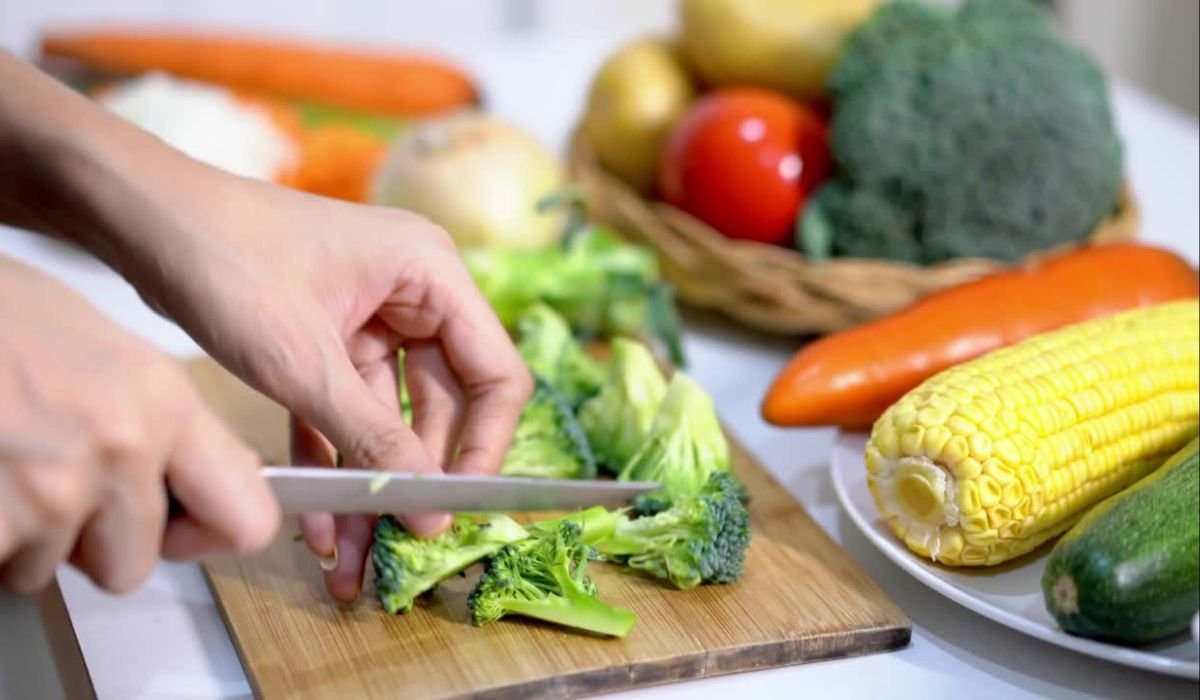Choosing the best wood for a cutting board might seem simple at first glance, but there’s more to it than you might think. Whether you’re a professional chef or a home cook, the right cutting board can make a difference in your cooking experience and longevity of your knives. Let’s explore the Best Wood for Cutting Board, and which woods are best for cutting boards, and how to make the perfect choice for your needs.
A cutting board serves as the foundation of your prep work in the kitchen. The material needs to balance durability, gentleness on your knives, and aesthetics. Wood is a popular choice due to its natural beauty, resilience, and antibacterial properties. But not all woods are created equal when it comes to cutting boards.
When considering wood for your cutting board, keep these factors in mind:
- Hardness: The wood should be hard enough to withstand cutting yet soft enough not to damage your knives.
- Porosity: Less porous woods resist absorbing water and bacteria, making them safer and more hygienic.
- Grain Type: The orientation of wood grain (end-grain, edge-grain, or face-grain) affects durability, gentleness on knives, and appearance.
- Domestic vs. Exotic Woods: Domestic woods tend to be cheaper and more accessible, while exotic woods offer unique aesthetics and tones.
Hardwoods like maple, walnut, and cherry are popular for cutting boards because they strike a balance between hardness and knife-friendliness.
- Maple
Maple is a top choice for cutting boards because of its fine, closed grain. It’s durable, easy to clean, and less prone to knife scars. Hard-rock maple, in particular, is an industry standard for butcher blocks.
- Walnut
Black walnut is another excellent choice. Its rich, dark tone adds elegance to your kitchen, and it’s gentle on your knives. Although slightly softer than maple, it still holds up well.
- Cherry
Cherry wood is loved for its warm, reddish hue. While slightly softer than walnut, it still offers excellent performance and develops a beautiful patina over time.
Softwoods like pine are generally too weak to withstand heavy cutting, but there are exceptions. For instance, heart pine, especially old-growth varieties, can be comparable to some hardwoods in terms of durability.
When selecting wood for your cutting board, you might encounter terms like “domestic” and “exotic” wood species. Let’s break them down.
Domestic woods like maple, walnut, and cherry are abundant, sustainable, and relatively affordable. They are tried-and-true options with consistent performance. These are often considered safer, as they are more widely tested for food safety.
Exotic species such as zebrawood, padauk, and purpleheart are showstoppers when it comes to appearance. They can create beautifully unique cutting boards. However, some exotic woods may bring health concerns if you’re exposed to their sawdust during the sanding or cutting process. Once finished into a board, these risks are mitigated with proper care.
Popular exotic woods for cutting boards include:
- Zebrawood
Eye-catching due to its dramatic striped pattern, zebrawood is great for unique edge accents.
- Purpleheart
Loved for its vibrant purple shade, it’s dense, durable, and breathtaking in design.
- Padauk
Known for its rich, reddish-orange color, padauk adds a bold pop of color to any cutting board.
Always make sure to seal any cutting board properly to prevent wood particles from coming into contact with food.
The grain type of your cutting board determines its performance, durability, and even look. Here are the three main types:
- Features
Made from cross-sections of wood, end-grain resembles a checkerboard pattern.
- Benefits
End-grain boards are gentle on knives and self-healing, meaning they close up shallow knife marks.
- Drawbacks
These boards are more expensive and require more care and maintenance to prevent splitting.
- Features
Made by cutting wood lengthwise, edge-grain boards feature straight lines of wood grain.
- Benefits
These boards are less expensive and lighter than end-grain boards.
- Drawbacks
Edge-grain is harder on knives and more prone to visible knife scars over time.
- Features
Made from wide, flat planks of wood, these boards are primarily decorative.
- Benefits
Face-grain boards have an attractive appearance and are ideal for serving.
- Drawbacks
They are not recommended for heavy cutting since they tend to wear out faster.
To get the most out of your wooden cutting board, proper maintenance is essential.
Here’s how to care for your board:
- Clean properly
Wash your board with mild soap, rinse, and dry immediately. Never soak a wooden cutting board or put it in the dishwasher.
- Sanitize occasionally
Sprinkle kosher salt and rub with a halved lemon to naturally sanitize your board.
- Condition regularly
Apply food-grade mineral oil or board butter to prevent the wood from drying out or warping.
At the end of the day, the best wood for your cutting board depends on your needs, preferences, and style.
- For a reliable and classic choice: Go with domestic options like maple or walnut.
- For something unique and bold: Explore exotic woods like padauk or purpleheart.
Regardless of your decision, a well-crafted wooden cutting board is both a practical tool and a stunning piece of functional art for your kitchen.
Yes! Wood has natural antibacterial properties. Just be sure to clean and dry your board properly after use.
While all cutting surfaces exert some wear, high-quality wood boards (especially end-grain) are gentle on your knives.
Aim to oil your cutting board every 3-4 weeks, or whenever the surface looks dull.

